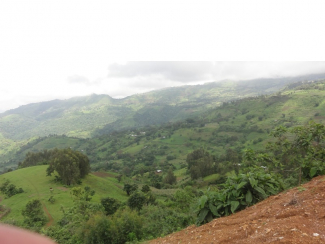Evaluation of the impact of fuelwood tree planting programmes in Tanzania
The rapid growth in Tree Planting for Fuelwood (TPF) program indicates the importance of taking care of the increasing demand for fuelwood globally. TPF programs in Tanzania aim to sustainably meet the rising demand for fuelwood. We evaluate the impact of TPF programs on the number of trees planted and those planted for fuelwood. Using survey data, we employ the Heckman and Propensity Score Matching techniques to estimate whether households plant trees for fuelwood and can identify tree species that would influence them to plant trees.

